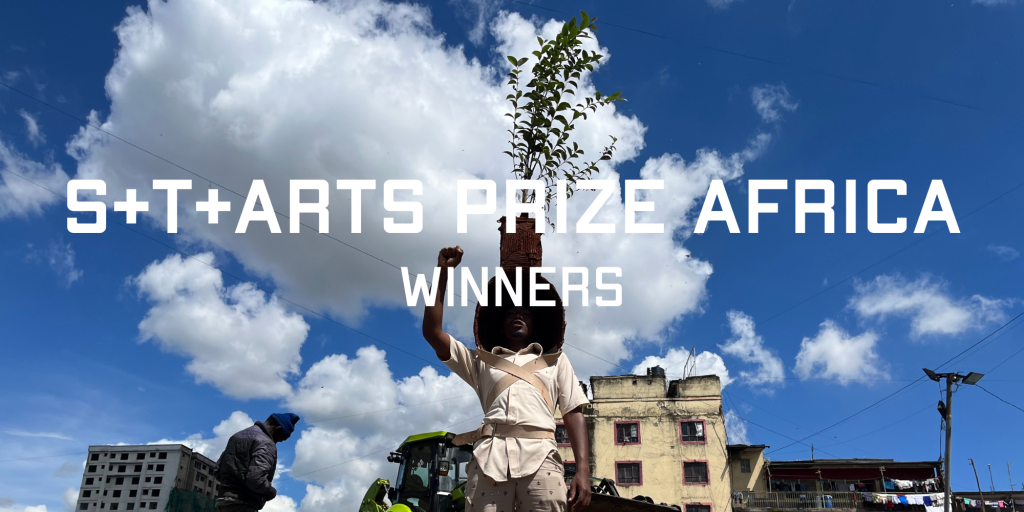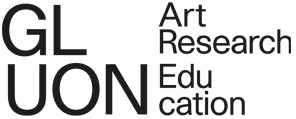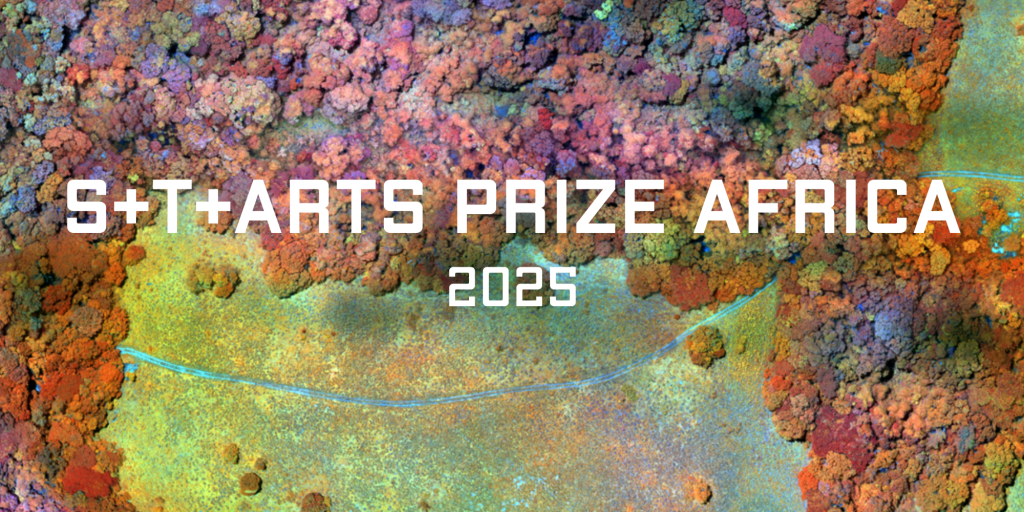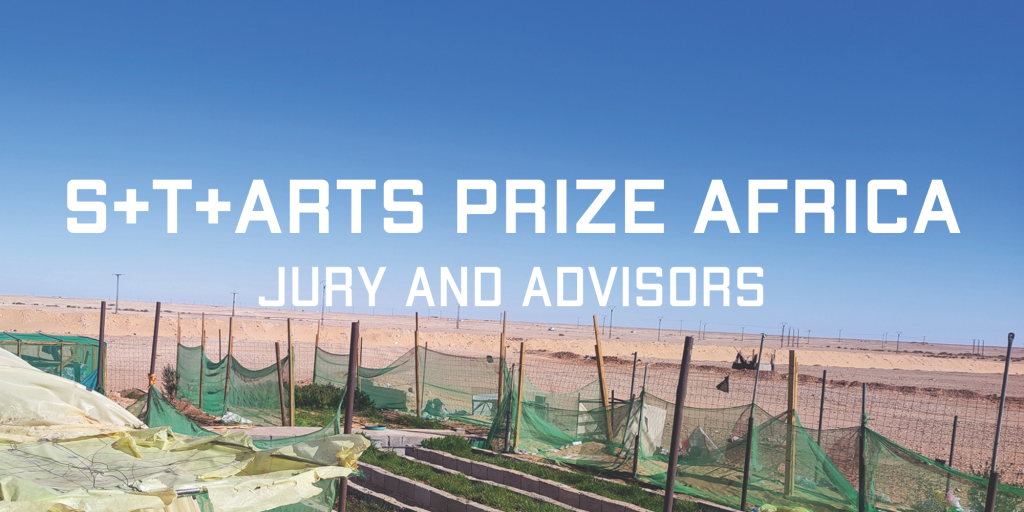Grand Prize
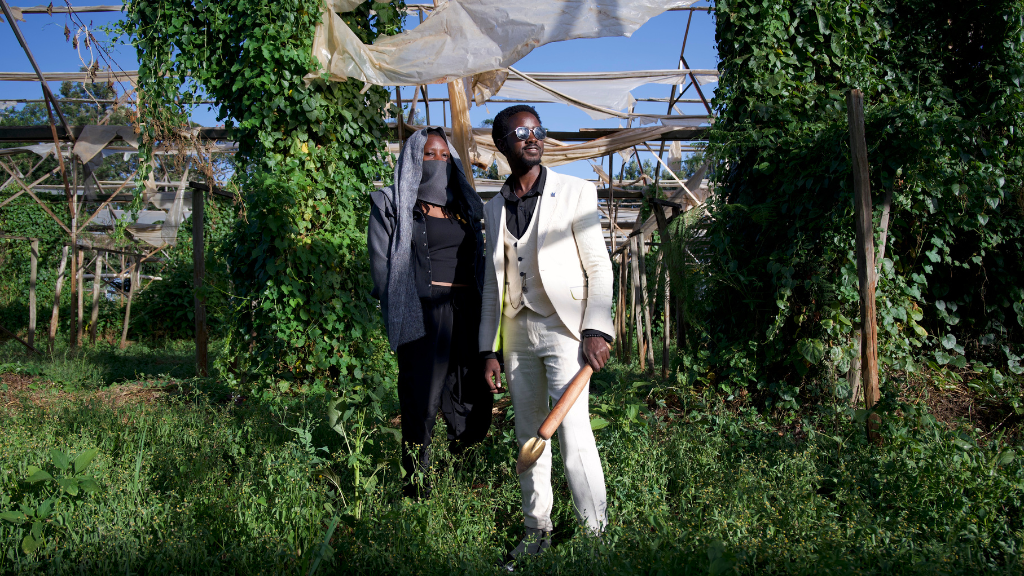
The Wild Future Lab
Kairos Futura (KE)
Awards of Distinction
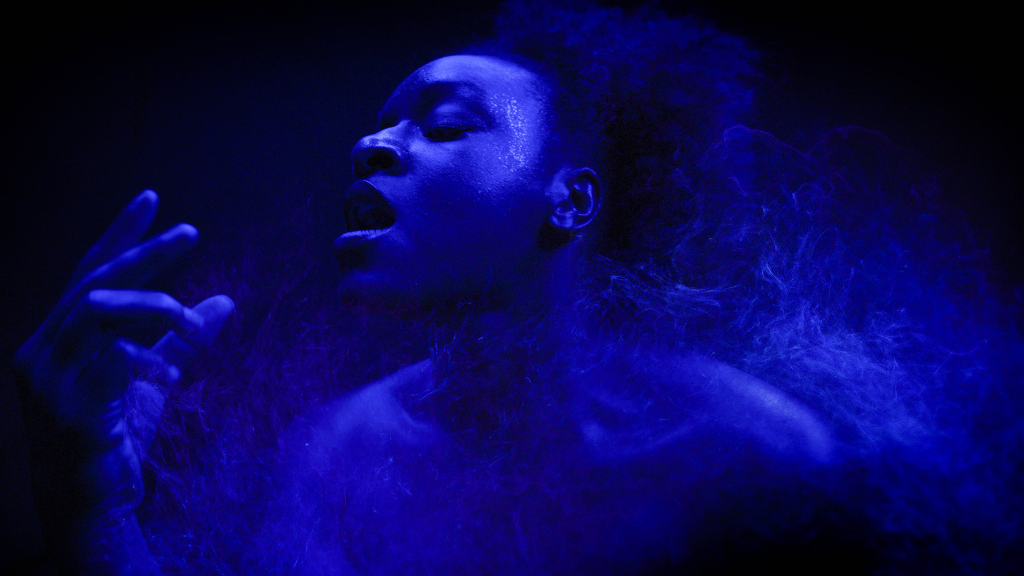
Black Planetarium – Uncharted:
Anthologies Across the Atlantic
Kidus Hailesilassie (ET)
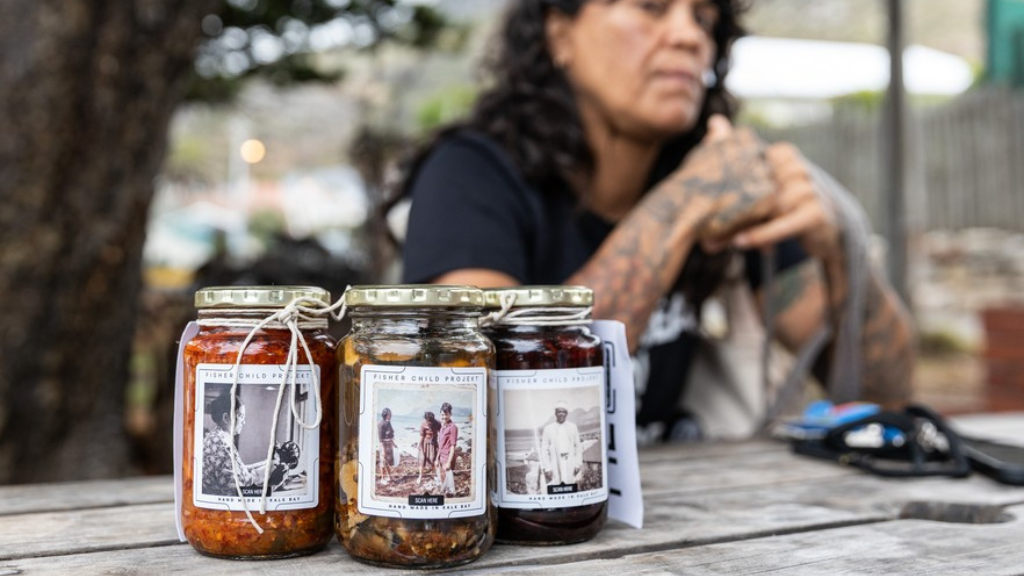
Fisherchild
Traci Kwaai (ZA), Francois Knoetze and Amy Wilson –
Lo-Def Film Factory (ZA), Kyle Marais (ZA)
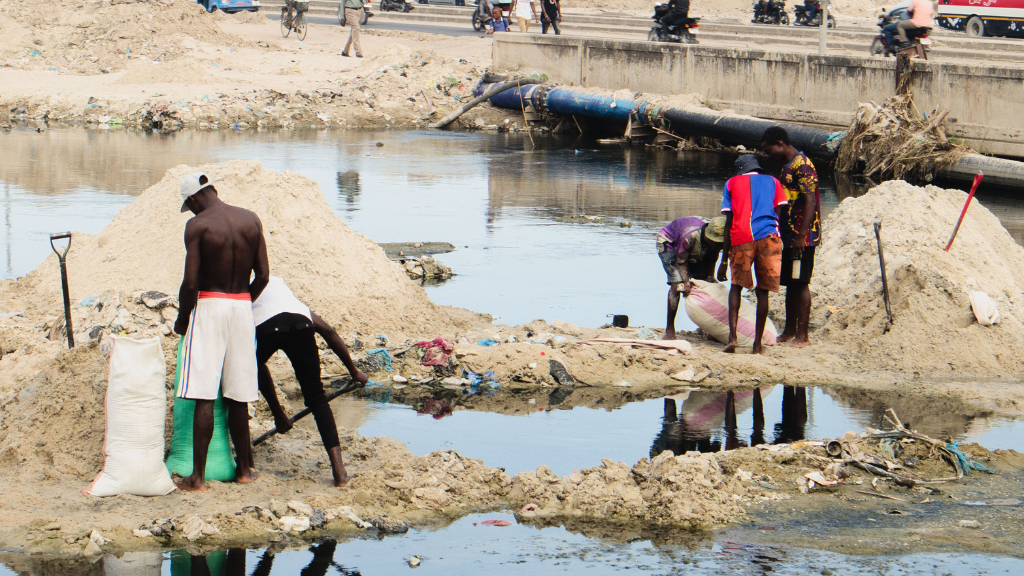
Sands Of Time: Walls We Can Walk Through
Ala Praxis (NG)
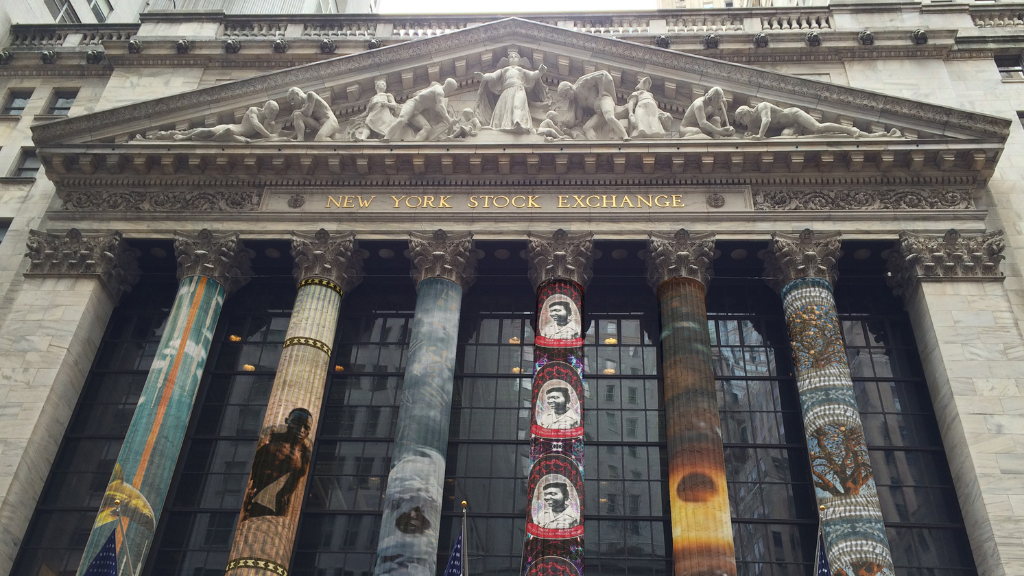
The Founders Pillars
Meghna Singh (IN), Simon Wood (IE),
Lesiba Mabitsela (ZA)
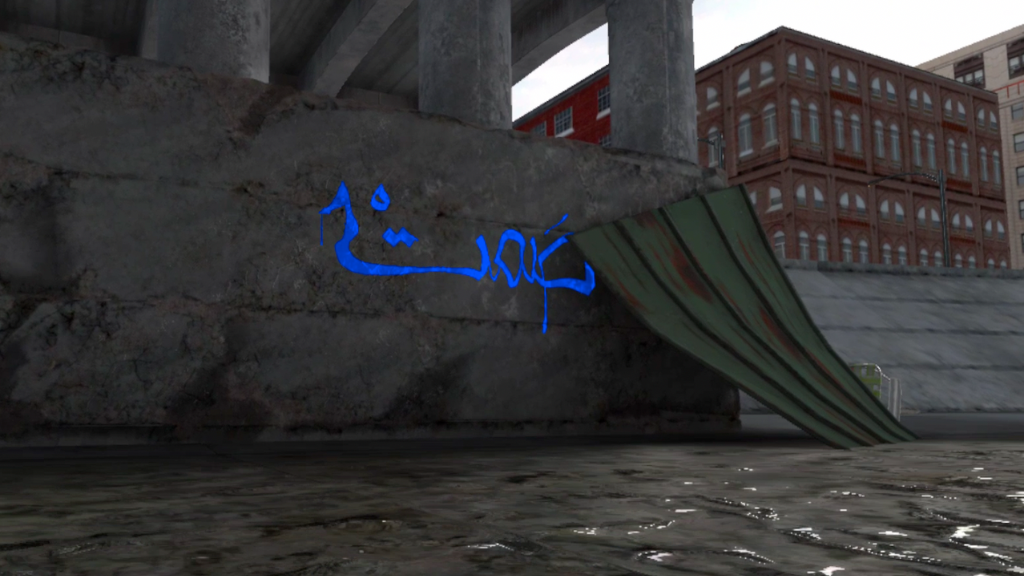
Written To Not Remain
Tewa Barnosa (LY)
Jury Statement
Between Promise and Practice: Emerging Technologies in African Art
Andrea Barschdorf-Hager, Mónica Bello, Joy Mawela, Kathleen Siminyu, Tau Tavengwa
The 2025 STARTS Prize Africa is in its second edition. This year the prize received a record 537 submissions that presented a 33% increase from the 2024 edition. After the pre-screening round to ensure that submissions met the eligibility criteria of the award, the judges were left with 80 submissions to review. This year’s projects showcased remarkable diversity and depth, with a strong emphasis on social impact through the lens of culture and technology. Immersive reality projects dominated the submissions, accompanied by a range of works in AI generated content, gaming, 3D designs, and 360-degree installations. A significant number of projects incorporated AI-generated content—some with impressive execution, while others highlighted the growing need for better conceptual understanding and technical refinement in the use of emerging tools.
We found a trend of repositories. Repositories in the sense of datasets; of African motion—with discrete data points being the action of carrying a baby on one’s back, washing clothes by hand, and professional mourners at a funeral; African soundscapes—with one project creating an instrument that replicates the city sounds of Nairobi with the infamous matatu (mini-buses used for transportation) horns in the background, and a second collecting snippets of stories of hope and nature-like sounds.
Poor waste management and the global norms of industries such as the textile and electronics industries shipping their waste off to Africa where it finds a home in landfills was a recurring theme. Submissions highlighted Agbogbloshie in Ghana, the world’s largest e-waste dump, the lives of the communities that make a living off of and around the dumpsite, and their hopes for a better life, another takes us through the e-waste lifecycle through the perspective of key stakeholders in the lifecycle of these gadgets: miners, manufacturers, distributors, consumers, repairers, second-hand dealers, scrap dealers, and recyclers.
Access to clean water remains a challenge on the African continent and several projects tackle this issue through the proposition of and material design of water filters that make use of indigenous technologies and advanced IoT sensors and devices to decentralize access to clean water.
Fashion was approached with ingenuity, notably in a Kenyan project that collaborated with a banana plantation to experiment with sustainable fabric production, combining agricultural waste with advanced digital tools such as 3D printers and CNC machines.
Submissions highlighted the environmental impacts of mining activities, sand and crude oil mining, in contexts where no safe guards, care or reclamation activities are organized to mitigate these effects. Illegal oil bunkering in Bayelsia, Nigeria and sand mining in Dar es Salaam, Tanzania where urban expansion is at odds with the natural environment as sand is harvested for construction. This second work, Sands Of Time: Walls We Can Walk Through, is an award winner.
A couple of pieces bring us to reflect on African labor that has contributed greatly to industrialization efforts in Europe and in North America, yet is not acknowledged but instead made invisible. One of these is an award-winning submission, The Founder’s Pillars. The second highlights the case of Moroccan laborers recruited to work in coal mines in France, an archival record with audio testimonials, 3D scanned letters, and documentation of the labor recruitment system used in France at the time.
There is an inherent desire in popular culture that the Internet, and the underlying technologies, were designed with motivations such as care, transparency, and reciprocity rather than the capitalistic driven ecosystem we currently have. A couple of submissions reflect on the digital infrastructures that enable connectivity on the African continent and their mapping onto transatlantic trade routes, uncovering the entanglement of colonial histories and innovation. While another imagines what the internet would look like if it was designed to mirror ancestral systems of knowledge production which prioritized the dissemination of wisdom over mere information, thus designing a ‘proverbial protocol,’ based on the premise of proverbs as linguistic technology.
Recurring themes of slavery, ancestral belief systems, archives, tradition, and spiritual identity echoed strongly throughout many of the projects. However, one of the more pressing concerns across all categories was the evident underdevelopment of several submissions and the misapplication of new media technologies like AI and VR. In many instances, these tools were used superficially or repurposed into concepts that lacked originality, depth, or cultural coherence.
Overall, while the creative landscape is rich with ideas and cultural resonance, the need for more thoughtful integration of technology and deeper project development remains critical to unlocking the full potential of these innovative works.
S+T+ARTS Afropean Intelligence is funded by the European Union under the STARTS – Science, Technology and Arts initiative of DG CNECT under grant agreement LC-03568051. Views and opinions expressed are those of the author(s) only and do not necessarily reflect those of the European Union or DG CNECT. Neither the European Union nor the granting authority can be held responsible for them.
